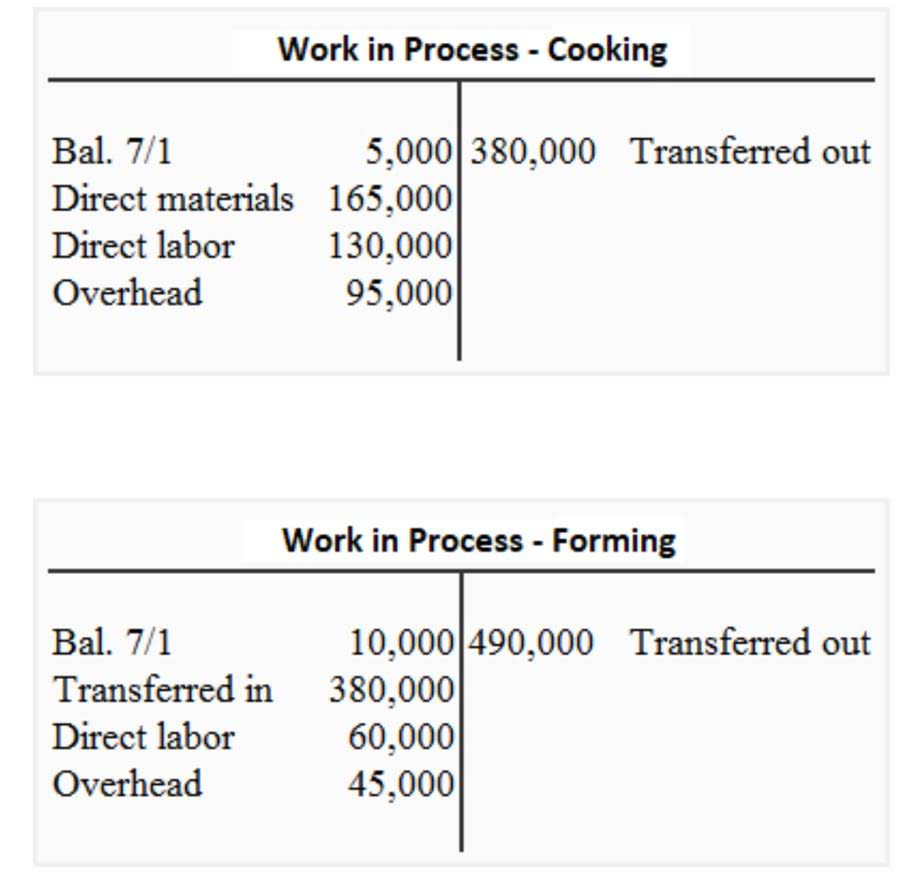
A cash flow statement is one of three core financial statements released by publicly traded companies when they report earnings quarterly and annually. Cash flow and profit are both terms commonly used when discussing financial matters, however, they are two different terms that cannot be used interchangeably. Profit is the amount of money a business makes after expenses have been deducted from revenue.

It makes adjustments to this balance by removing all non-cash transactions. Although they use a different process, both methods should amount to the same total. A basic example of cash flow could be a business that generates income from customer sales and pays employees their salaries and production expenses in order to produce the products being sold.
Cash Flow From Operating Activities (CFO)
Current assets and current liabilities are within one year (short-term) or the length of the business operating cycle. They refer to two different things, so you should understand the differences when making business decisions. In essence, profits represent the excess of revenues over expenses, while cash flows represent the difference between the amount of cash received and cash paid. There can be substantial differences between the cash flows and profits reported by a business, especially when it uses the accrual basis of accounting. The main components of a cash flow statement are cash flows from operating activities, investing activities, and financing activities.
- In this case, we’re bringing future values back in time to find their present values.
- A cash flow statement is a regular financial statement telling you how much cash you have on hand for a specific period.
- Profit is the amount of money a business makes after expenses have been deducted from revenue.
- The immediate availability of working capital is what directly affects daily operations.
Calculating cash flow from operations by starting with net income and then adding/subtracting non-cash items is called the «indirect method.» This is how it is calculated for most publicly-traded companies. The income statement uses the accrual basis of accounting, which recognizes revenue and expenses when the product cash flow simple definition or service is provided, not necessarily when it is paid in cash. Once the operating cash flow (OCF) is calculated, free cash flow can be calculated by deducting the amount of capital expenditures. So, if OCF is equal to $50,000 and capital expenditures equal to $15,000, then free cash flow is equal to $35,000.
How to Analyze Cash Flows
Your first step to ensuring healthy business growth is understanding cash flow, the difference between cash flow and profit, and the purpose each serves. Small business owners will realize proper cash flow management is essential. Businesses use ratios and cash flow formulas to assess business liquidity and the amount of cash flow available for investments and spending, like free cash flow (shown in the Cash Flow Formulas section). Activities related to trading securities (not available for sale or held-to-maturity securities) are considered operating activities rather than investing activities. Full comprehension of what cash flow and profit mean and how they are optimized in businesses of all sizes is essential for success.
In that case, we wouldn’t truly know what we had to work with—and we’d run the risk of overspending, budgeting incorrectly, or misrepresenting our liquidity to loan officers or business partners. The direct method takes more legwork and organization than the indirect method—you need to produce and track cash receipts for every cash transaction. For that reason, smaller businesses typically prefer the indirect method.
Cash Flow Statement (CFS) FAQs
These investments are a cash outflow, and therefore will have a negative impact when we calculate the net increase in cash from all activities. Greg didn’t invest any additional money in the business, take out a new loan, or make cash payments towards any existing debt during this accounting period, so there are no cash flows from financing activities. What makes a cash flow statement different from your balance sheet is that a balance sheet shows the assets and liabilities your business owns (assets) and owes (liabilities).
